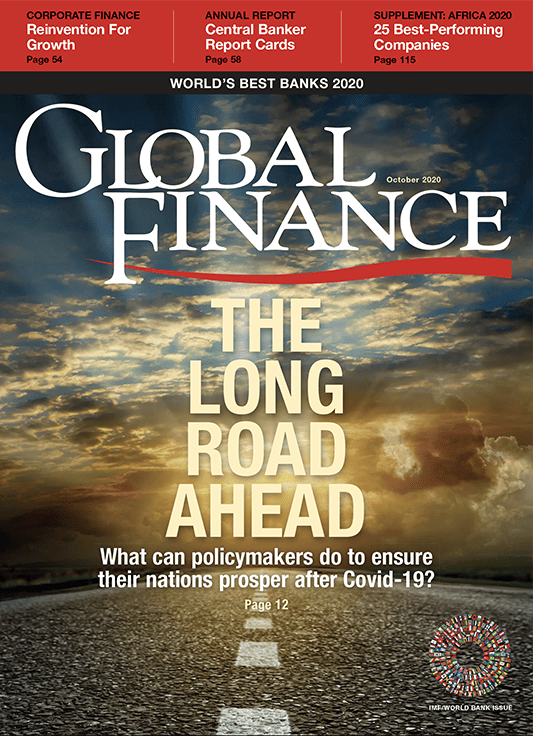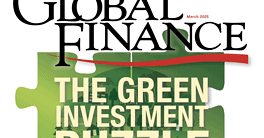Editor Andrea Fiano's monthly letter to you, the reader.
OCTOBER 2020 | VOL. 34 NO. 9

Click Here To View Full Issue
It is never easy to grade the central bankers of the world. It requires comparing central banks with very different statutory mandates and degrees of independence from government. Often a high grade recognizes a particularly remarkable monetary policy implemented to address very difficult macroeconomic and/or political conditions. Other times an outstanding economic performance is the result of an effective monetary policy.
This year, six months after the beginning of the coronavirus pandemic, it is even harder to judge central bankers and their monetary policy. Have they done enough to stimulate their economies? Were they ready to face extraordinary circumstances with extraordinary measures in monetary policy? In a world where very few economies can still report growth and where unemployment has grown extensively nearly everywhere, a central bank’s greatness is also defined—more than ever—by creativity and courage, and often (where it is still possible) by the capacity to challenge administrations and their policies.
The decision of the Federal Reserve in the US to adopt a flexible infl ation target, for example, shows an unprecedented approach to an unprecedented economic situation. The list of the governors that received an A or A– grade from Global Finance is relatively long this year, and includes a few repeat winners as well as new names. In many countries, monetary policy is not so publicly explained and discussed as is in Europe and in North America, especially in recent years, but the results often speak for themselves when it comes to growth or unemployment, financial or currency stability. Internally, we have discussed the governors’ grades with our reporters on the ground around the world, encouraging them to challenge the valuations.
The grades, the result of these lively in-house debates, are in this issue of the magazine.

Andrea Fiano | Editor
afiano@gfmag.com

